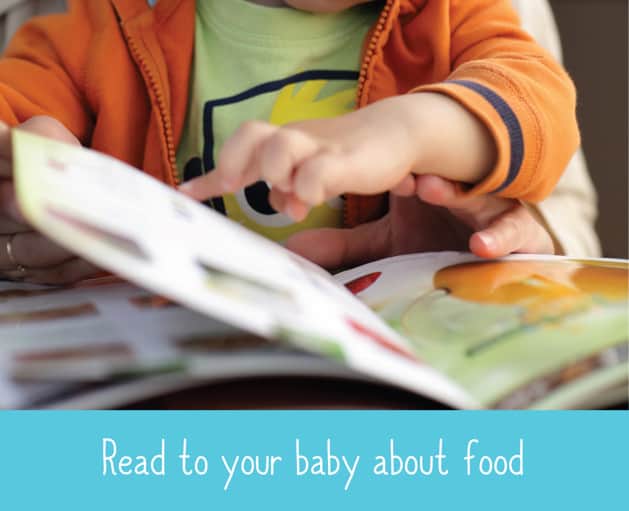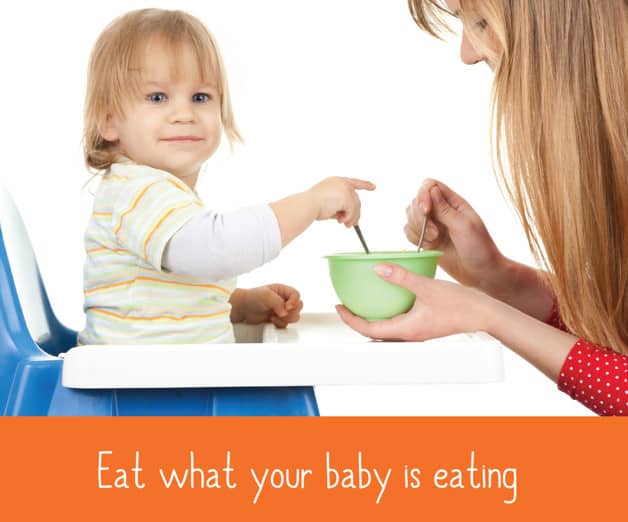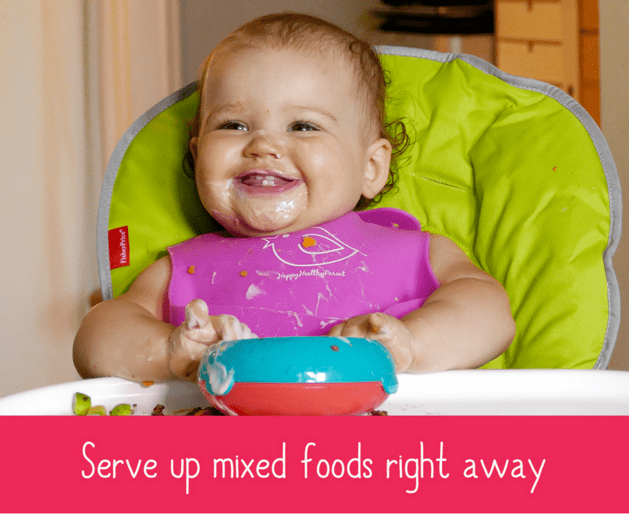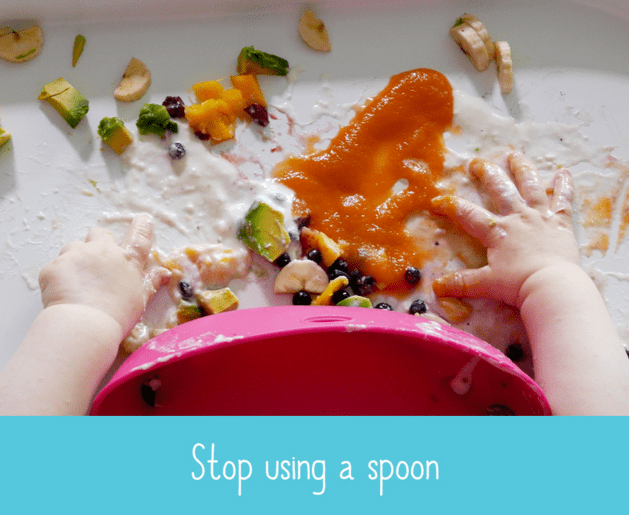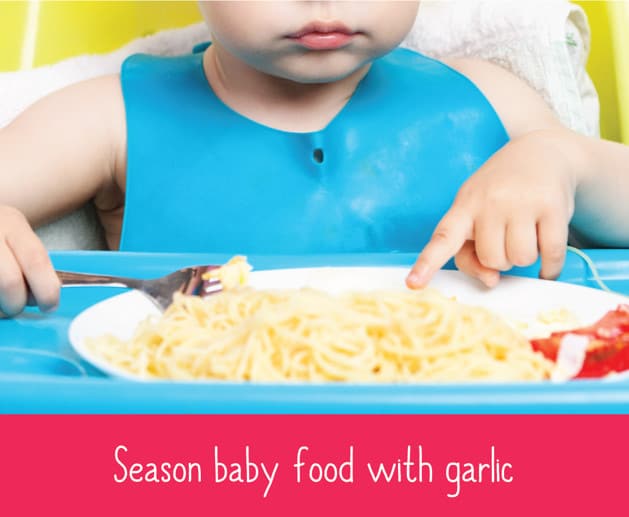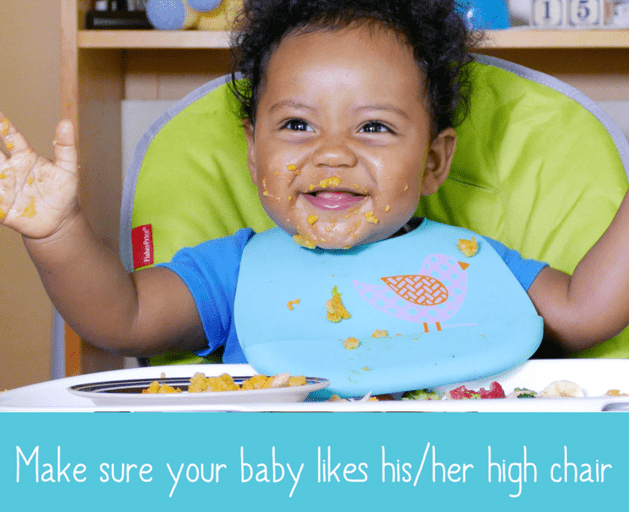
Parents everywhere will agree that mealtime can be the most frustrating part of the day. For reasons not always clear, children will refuse even their favorite foods, leaving Mom and Dad scratching their heads and wondering how their kids will eat healthily if they can't even be begged, bartered, or bribed at the table.
Sometimes there is no easy answer, except to be patient and realize pickiness is a phase every child goes through. But other times there is something you can do. Here are a few tips to help parents get through to even the most stubborn of their food-refusing kids.
Alternate favorite foods with new foods
When kids are resistant to trying new foods, you might try starting off a meal with a food they like and then substituting in a new food every couple of bites. Your baby will keep coming back for more because he or she expects that favorite flavor, and if you choose a new food that has the same look as the favorite, your baby is less likely to refuse it based on how it looks. Squash, sweet potatoes, and peaches, for instance, all have similar colors and textures and can be interchanged.
Read to your baby about food
Besides teaching kids new vocabulary and a love for reading, new research says books can have an effect on what your kids eat, as well. Parenting.com says, "One recent study found that toddlers were more willing to taste unfamiliar fruits after their parents read them books that included these fruits."
You might also have fun cutting pictures out of magazines and making a collage to show your child, or taking pictures of food at the supermarket and making a little photo album the two of you can look through together, naming what you see.
Eat what your baby is eating
Babies love to mimic, especially anything their parents do. Though they're too young to understand their own motivations, they will certainly always be interested in what you're eating, and if it's not what they're eating, the food on their high chair may go untouched.
Make it a game. Feed your baby things you're willing to eat and then take turns feeding yourself and the baby with each bite. Dentists suggest using a different spoon than the one your child uses so that you don't transfer adult bacteria to his or her mouth, putting him or her at increased risk for cavities.
Let them decide
Even babies appreciate the opportunity to choose between a couple of options. Place several foods on the tray or plate that have enticing colors, textures, tastes, and scents. Your baby is sure to try something, and he or she will soon decide which flavors he or she prefers. Once you discover which flavors appeal to him or her, you can shop around for similar foods that your baby might also find tempting.
Serve up mixed foods right away
Picky eaters are the bane of a parent's existence. But pickiness isn't inevitable, according to Alan Greene M.D., author of "Feeding Baby Green: The Earth-Friendly Program for Healthy, Safe Nutrition." He suggests serving foods to baby in mixtures as soon as you feel comfortable. "The idea of single foods just teaches kids to be pickier eaters," Dr. Greene told parenting.com.
Many doctors recommend introducing new foods one at a time with several days in between in case the child has an allergic reaction. But once you've waited the requisite amount of time, have fun mixing together as many interesting flavors as you can think of!
Don't overwhelm your baby
If you've been trying a lot of new flavors recently, your baby might feel overwhelmed by all the variety. Kids like consistency and will quickly develop favorites, so every couple of meals, serve up several of those favorite healthy foods they like. They'll get a few more of those nutrients they need and, with their appetite satiated, they might feel more like trying something new at the next meal.
Stop using a spoon
Has your baby suddenly become resistant to spoon-feeding? Relax - it's normal. In fact, according to Wholesome Babyfood, it's actually a milestone. Around 8 months, as babies become more self-aware and independent, they often start refusing spoon-feeding in favor of finger-feeding. This could be a good time to begin offering a variety of finger foods like cubed cheese, grated apple or carrot, slices of avocado, or small O-shaped cereal. Your baby will enjoy trying the new flavors and textures and you won't have to dread the battle mealtime has become.
Season baby food with garlic
Baby foods don't have to be bland. You might avoid adding salt - as babies don't need the extra sodium - but you could try any number of other seasoning combinations. Sprinkle cinnamon on sweet potatoes or add some garlic to the green beans.
Parentingscience.com reported that garlic in particular might have magical properties when it comes to baby pickiness. "In one experimental taste test, 3-month old babies showed a preference for garlic," said researcher Julie Mennella. For the test, she and her team asked breastfeeding moms to eat garlic prior to nursing their babies. They found, "When the garlic reached its peak concentration in their mother's breast milk, the babies suckled longer at the breast."
Make sure your baby likes his/her high chair
Have you ever been at a restaurant where the table felt uncomfortably tall, the chairs were hard, or you felt like the seat back reclined too much? No matter how good the food is, it doesn't make up for an uncomfortable dining experience. Babies, unfortunately, can't complain to their waiter and move to a more comfortable seat when they don't like their high chair.
With baby gear and tips such as these you will be prepared to handle those picky eaters!


